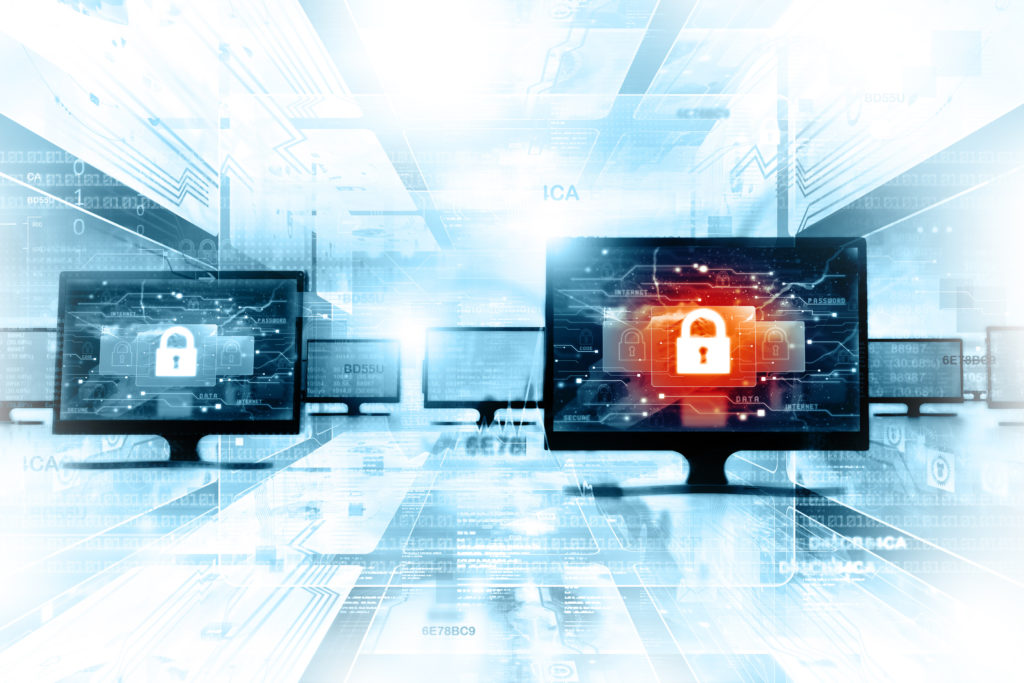
Ransomware is malware that prevents users from accessing their systems, typically with a locked screen or prohibited file access, until a ransom is paid. Individual users can be victims of ransomware, but there are much broader implications for organizations. Several healthcare providers have experienced ransomware attacks in the last few weeks . As a result, clinics and hospitals have lacked computer access for extended periods. The healthcare industry is now more vulnerable than ever of being exposed by ransomware attacks.
Breach of Patient Confidentiality
Patient confidentiality is a critical component of healthcare. Social security numbers, patient files, and previous medical history data are assumed to be secured by healthcare facilities and insurance providers. However, ransomware can easily expose patient data for everyone to see. For this reason, many hospitals may find themselves in a compromising situation with leaked patient records. Healthcare facilities run the risk of operating with only pen and paper during a ransomware attack. So, proactive measures must be implemented to anticipate any threats to patient confidentiality.
The Cost of Returned Data
Healthcare organizations are advised not to pay the requested ransom. However, medical facilities may lose more money (and secured patient data) the longer they wait for the ransomware to subside. Last week, two Florida cities paid a ransom 1 estimated at approximately $500,000 (for Lake City) and nearly $900,000 (for Riviera Beach), respectively. Conversely, Atlanta has had to spend over $17 million from a ransomware attack that occurred in March of 2018. Lake City and Riviera Beach have at least seen an immediate benefit from paying the ransom. Time will tell if this may ignite a pattern of other locations deciding to pay off ransom requests for a quick fix (and no guarantee of permanent elimination).
‘WannaCry’ Cyber Attack Revisited
Two years ago, a worldwide cyberattack called WannaCry impacted organizations across all sectors. The attack originated by the WannaCry ransomware cryptoworm and targeted computers with the Microsoft Windows operating system 2. Data was encrypted, and a demand for ransom in the form of Bitcoin cryptocurrency. In the UK alone, the estimated cost of the country’s National Health Service is over $100 million. The attack caused hundreds of thousands of computers to be infected. Now, there is a concern that an even more sophisticated ransomware strategy could cause enormous devastation.
Although the healthcare industry has made great strides in education about cybersecurity, there is still much to learn. Organizations should implement training classes and procedures to lessen the impact of any future ransomware attacks. Safety precautions such as ensuring data backups are not accessible during a breach, avoiding phishing scams and narrowing employee access to specific systems will help lessen the chances of a security breach. Preventative measures taken today against ransomware attacks may literally save millions of dollars in damage control tomorrow.
1 Get Ready For A Ransomware Tsunami by Taylor Armerding
2 Urgent Cyber Warning For Hospitals Over Threat Of ‘WannaCry’ Repeat: Report by Zak Doffman